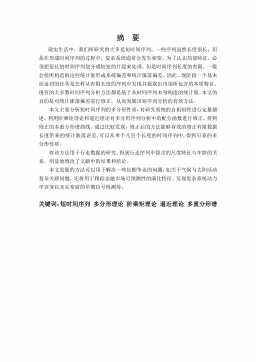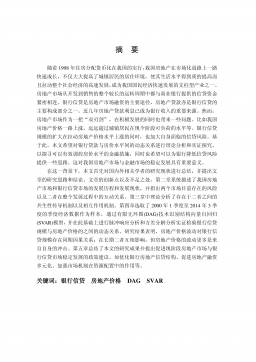超声法颗粒两相介质多参数测量
摘要在测量颗粒两相流参数的众多技术中,超声法以其无可比拟的优势得到越来越多研究人员的重视。例如:声波具有较宽的频率范围,可以确保粒径测量范围宽;声波穿透性能强,适合高浓度,无须稀释的测量;超声测量装置具有非接触特点,适合在线测量;超声测量系统自动化,智能化程度高,能进行快速实时测量等。超声法正成为一门快速发展、应用前景广阔的颗粒两相流测量技术。本文工作围绕超声法颗粒两相介质多参数测量展开。在介绍两相流和多相流相关概念以及检测技术发展后,简介现有颗粒两相介质浓度、密度、粘度以及粒度分布的测量技术以及超声测量方法的技术现状。超声法颗粒两相介质测量中超声特征量包括有声压、声强、声速、声衰减以及声阻抗...
相关推荐
-
【拔高测试】沪教版数学五年级下册期末总复习(含答案)VIP免费
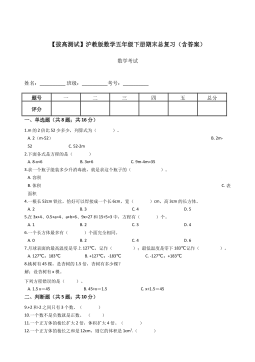
 2024-11-19 19
2024-11-19 19 -
【基础卷】小学数学五年级下册期末小升初试卷四(沪教版,含答案)VIP免费
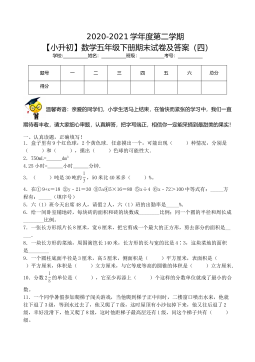
 2024-11-19 9
2024-11-19 9 -
期中测试B卷(试题)-2021-2022学年数学五年级上册沪教版(含答案)VIP免费
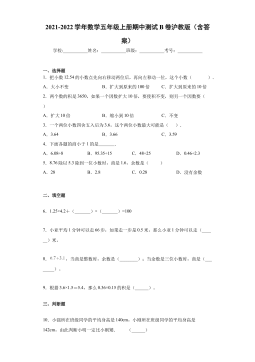
 2024-11-19 11
2024-11-19 11 -
期中测试B卷(试题)- 2021-2022学年数学五年级上册 沪教版(含答案)VIP免费
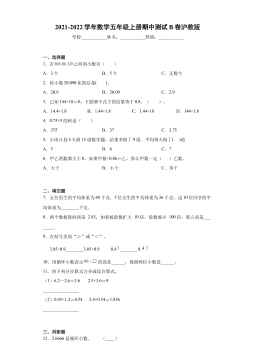
 2024-11-19 16
2024-11-19 16 -
期中测试A卷(试题)-2021-2022学年数学五年级上册沪教版(含答案)VIP免费
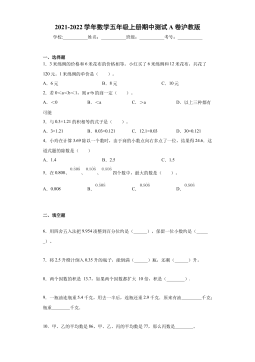
 2024-11-19 18
2024-11-19 18 -
期中测试A卷(试题)-2021-2022学年数学五年级上册 沪教版(含答案)VIP免费
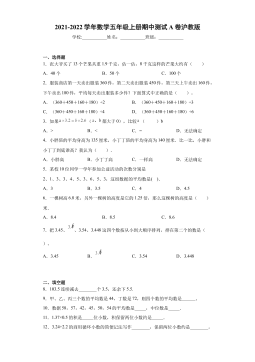
 2024-11-19 25
2024-11-19 25 -
期中测B试卷(试题)-2021-2022学年数学五年级上册 沪教版(含答案)VIP免费
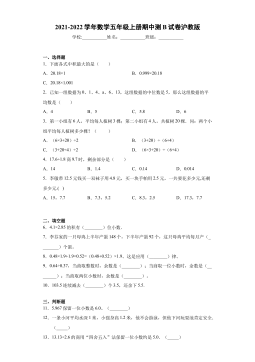
 2024-11-19 23
2024-11-19 23 -
期中测A试卷(试题)-2021-2022学年数学五年级上册沪教版(含答案)VIP免费

 2024-11-19 31
2024-11-19 31 -
【七大类型简便计算狂刷题】四下数学+答案
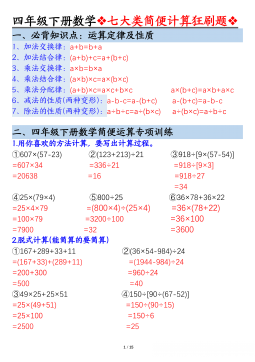
 2025-03-18 16
2025-03-18 16 -
【课内金句仿写每日一练】四下语文
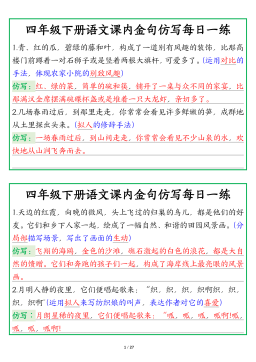
 2025-03-18 39
2025-03-18 39
相关内容
-

期中测试A卷(试题)-2021-2022学年数学五年级上册 沪教版(含答案)
分类:中小学教育资料
时间:2024-11-19
标签:无
格式:DOCX
价格:5 积分
-

期中测B试卷(试题)-2021-2022学年数学五年级上册 沪教版(含答案)
分类:中小学教育资料
时间:2024-11-19
标签:无
格式:DOCX
价格:5 积分
-

期中测A试卷(试题)-2021-2022学年数学五年级上册沪教版(含答案)
分类:中小学教育资料
时间:2024-11-19
标签:无
格式:DOCX
价格:5 积分
-

【七大类型简便计算狂刷题】四下数学+答案
分类:中小学教育资料
时间:2025-03-18
标签:数学计算;校内数学
格式:PDF
价格:1 积分
-

【课内金句仿写每日一练】四下语文
分类:中小学教育资料
时间:2025-03-18
标签:无
格式:PDF
价格:1 积分


